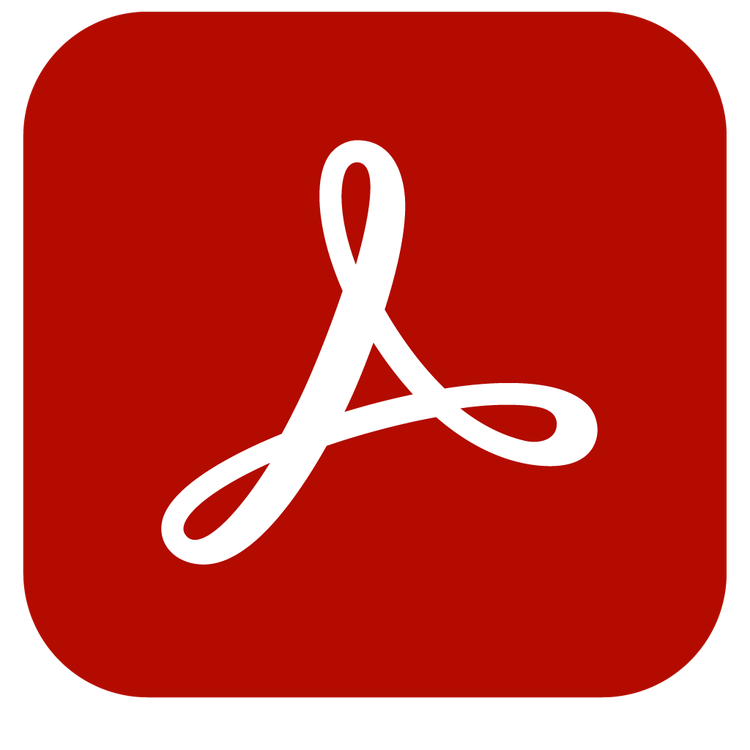
ACROBAT FOR BUSINESS |10-MINUTE READ
How to write a business letter in 4 simple steps.
Learn how to write a business letter for professional communications.

ACROBAT FOR BUSINESS |10-MINUTE READ
Learn how to write a business letter for professional communications.
While you’ll likely write a lot of informal correspondence in the form of emails and internal memos throughout your career, most professionals occasionally need to put together a formal business letter.
A business letter is an official communication sent on behalf of a company to another organization. Because business letters often represent an organization's interests and brand, they must be well-crafted and professional in nature.
Here, we’ll review the steps to writing an effective business letter depending on your company’s needs.

These documents can vary depending on the writer’s and the recipient’s needs and relationship, but the core components will remain the same. Types of business letters include:

Writing a business letter is a skill any professional should master to represent their company well when connecting with other people and organizations. One of the keys to writing effective letters is to thoroughly understand the recipient’s needs.
Business letters should be directed to a specific individual. Knowing who you are writing to can also help you customize the content and make sure every detail you include is relevant.
The overall tone of the letter should be friendly yet professional, even if you personally know the recipient.

Layout is another key consideration when crafting a business letter.
A business letter is typically created using block formatting with left-aligned text, single spacing between lines, and double spacing between paragraphs. Readable system fonts are also important. Learn how to convert Word to PDF to share your letter and enable the recipients to easily read your document regardless of their operating system or software suite.
Once you’ve established the need for your letter and the intended recipient, it’s time to craft your letter content. While you can refer to a template and edit existing content to get started, here’s a list of the different sections you’ll want to include in your business letter and the order in which they should appear:

With your business letter drafted and ready to send, don’t forget to consider the following points before sending it out as final:
Formal communication is an integral part of corporate interactions, and learning how to write a business letter can help you be a better communicator. Business letters can be used in a variety of situations, and being prepared with an easy-to-follow format makes writing a letter more simple and straightforward.
Having the right tools on hand can also ensure you produce a polished and professional business letter. Adobe Acrobat for business helps by providing everything you’ll need to convert your files and include a secure e-signature.
Business letters don’t need to be complicated or long, but they do need to follow a general format. Always be sure to include a heading, salutation, body copy, closing, and signature to create a simple yet effective business letter.
You’ll want to start your letter with exactly why you are writing. Start with a phrase like “I am reaching out regarding” or “I am writing to request” and then finish the sentence with the specific topic of your letter.
When it comes to creating a business letter, the easiest format to use is block style. This format keeps all of the text left-aligned and does not use tabs, making it simple to read and fast to lay out.
Every formal letter should start with a business letter heading, including the contact information for both the sender and the recipient, followed by a clear salutation. The salutation should include the prefix and name of the recipient. If you don’t know the recipient’s name, you can start with “To Whom It May Concern.”
